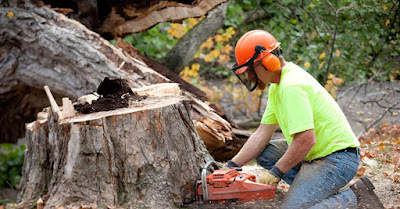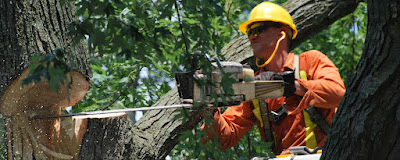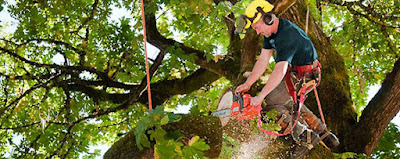How to Diagnose and Avoid Winter Burn and Sun Scald
One is called winter burn—which also deserves your attention, especially if you live in a climate that doesn't get much sun in the winter months.
Here's what you need to know about these two types of burns: how they happen, how to prevent them, and what symptoms you might experience if you're suffering from either one.
What causes Sun Scald?
Sun scald is caused by a combination of sun exposure and temperature. When temperatures exceed 70-75 degrees Fahrenheit, the bark tissue begins to wither and die. An arborist Melbourne can identify whether your tree is suffering from sunburn or winter burn.
In the summertime, it's often difficult for homeowners to find shade from trees due to lawn maintenance such as mowing or watering lawns. If you can't get your trees shaded during hot days, provide them with adequate water so that they can keep up with the heat stress on their leaves and branches.
How to prevent Sun Scald?
If you're not sure what to plant, don't worry, call arborist Melbourne immediately before your tree or plants get in worse condition. Many different types of plants can help shade your home, and they're all easy to find in your local nursery or garden centre.
In addition to using trees and shrubs, there are other ways you can protect yourself from the sun's rays. For example:
- Use a combination of evergreen and deciduous trees; this is especially important if your yard faces east or west because the sun will be shining on it all day long during those parts of the day.
- Use a combination of evergreen and deciduous shrubs; again, this will help keep out some light at certain times throughout each day while also providing additional coverage at other times when sunlight may be more intense (e.g., during midday).
- Use evergreen vines as well; vineyards provide excellent shading for homes as well as grapes for wine making!
Causes of Winter Burn
Sunscald and winter burn is caused when the sun's rays are reflected off snow and ice, causing damage to the bark. This can result in localised cold injury symptoms, which will show up as small brown spots on your tree's trunk.
Trees with thicker bark or wider branches tend to be less susceptible to winter burn than those with narrow bark or narrow branches.
Preventing Winter Burn
Winter burn is caused by sun exposure and can be prevented by using a tree wrap or blanket. Both types of products are designed to protect the trunk from cold weather and wind, not just sun exposure. If you live in an area with severe winters, you'll need to protect your trees from both conditions.
For best protection, put on a tree wrap or blanket before new growth appears in springtime. The earlier you apply it, the better its chances of working effectively through the summer months without breaking down prematurely due to excessive heat buildup or other factors (such as insects).
Conclusion
If you know that sun scald can occur on your plants, you’ll be better equipped to prevent it. It is best to identify and treat any areas of damaged leaves as soon as possible.
Winter burn occurs due to the cold temperatures and lack of humidity in winter months which causes a drying out of the plant tissue resulting in dead spots or lesions caused by frostbite damage on leaves, stems or petioles.
.jpg)

.jpg)


Comments
Post a Comment